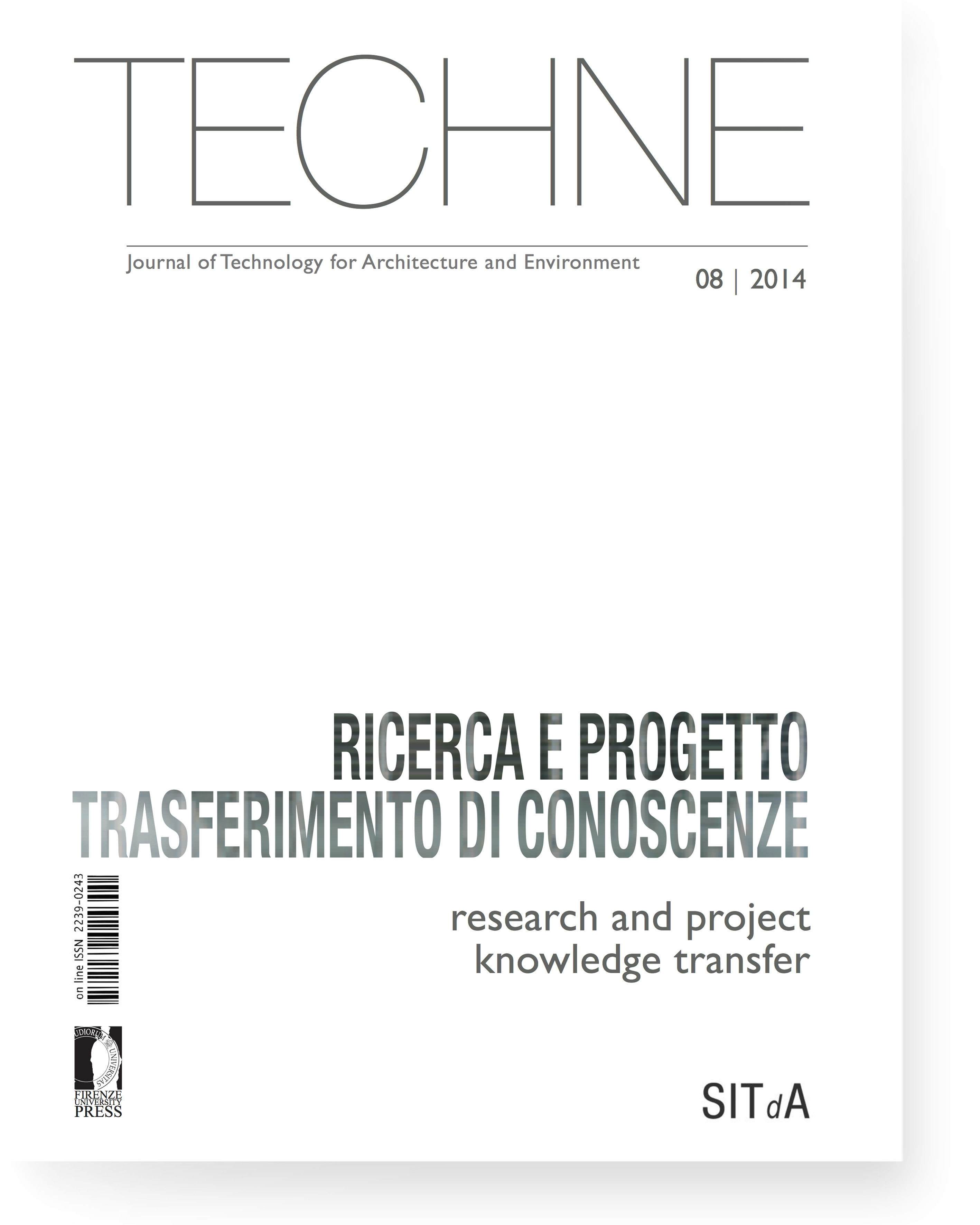Published 2014-10-24
Keywords
- Sustainable refurbishment,
- Energy Efficiency,
- Heritage,
- Bioclimatic Restoration
How to Cite
Abstract
Active libraries in Italy are around 13.000 and, taken as a whole, the property and management relate mainly to public institutions such as the state, regions, local authorities, cultural institutions, universities, and partly to religious institutions and individuals. In this paper is presented the work of studies and research, commissioned to the authors by the General Direction for Libraries of the Ministry of Heritage and Culture (Mibac), which ended recently, addressing the architectural, energy and environmental refurbishment of national historic libraries distributed on the Italian territory, with special focus on 4 among 46 owned by the Ministry of Culture (the Nazionale Centrale di Roma, the Nazionale Centrale in Florence, the national University of Turin and the Angelica in Rome) believed by the authors and client as examples of recurring issues and ideals to lend itself to the construction of a model of intervention replicable on other historical Italian libraries.The main objective of the project is the identification of physical and perceptual factors of wear2, which threaten the conservation of the historical and artistic heritage of the historic center of Venice, with a particular focus on the effects of anthropogenic pressure linked to tourism, and the evaluation of their level of danger. A further objective is the recognition of measurable parameters (indicators) for monitoring and, subsequently, mitigation strategies for the most significant phenomena.






